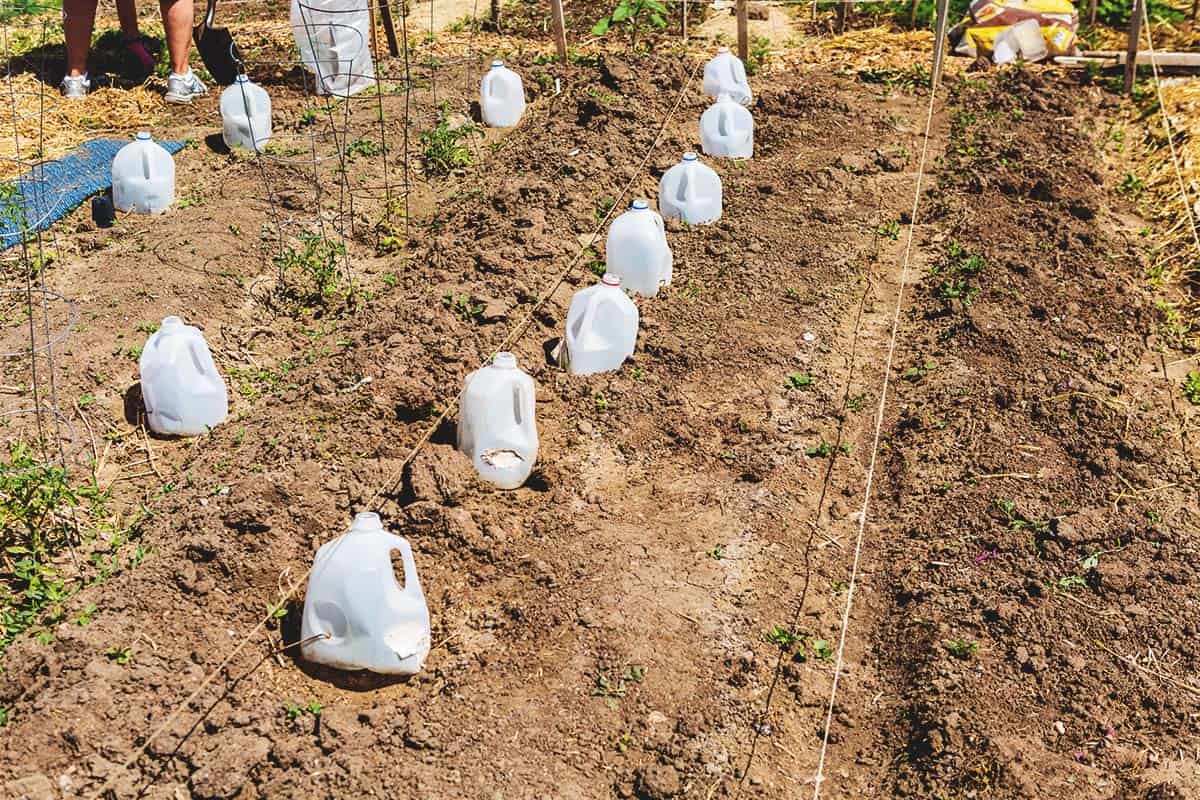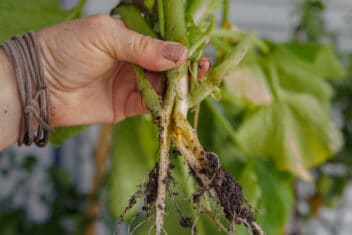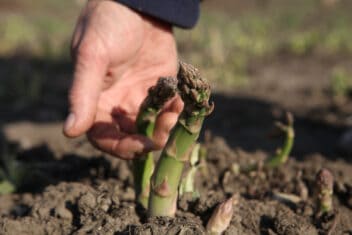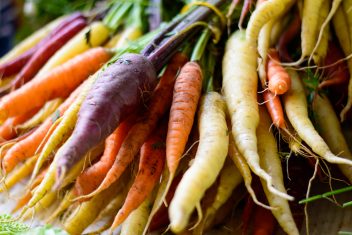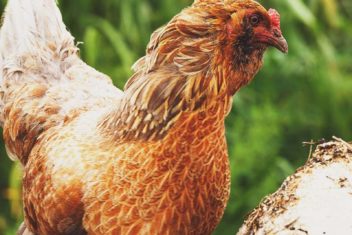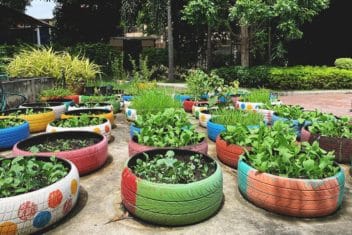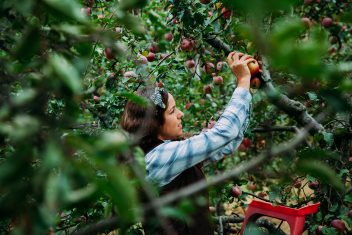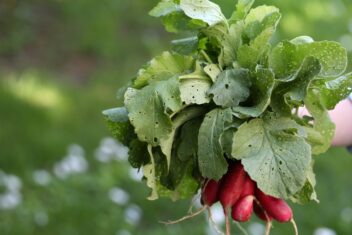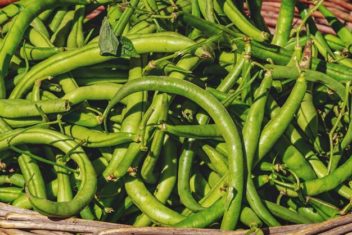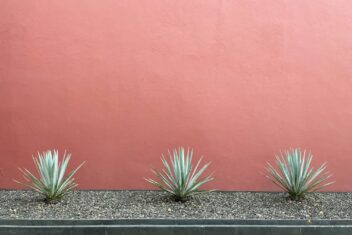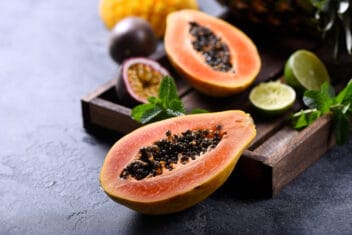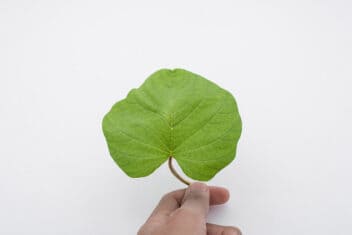Starting seeds is relatively simple, but you’re at the mercy of mother nature, which can be frustrating. It can also be a costly endeavor if you have to buy a bunch of equipment to get started. The solution to both of those challenges is to learn how to start seeds in milk jugs.
I’m often left struggling with important garden decisions in the early spring. Should I take a chance and transplant my seedlings a week earlier than planned because the weather is unseasonably warm? Or should I wait until it’s safe? Should I start bean seeds indoors because there’s still snow on the ground?
It’s incredibly tough to predict the weather these days – especially with global warming actively warming our surroundings and throwing weather systems out of whack.
The easiest way to bypass nature’s random patterns is to start everything inside. I’ve managed to set up a nice temporary seed starting space in my basement, but even then I’m limited by square footage and need to patiently harden off countless seedlings in the spring (my least favorite gardening chore).
Many gardeners don’t even have the luxury to sacrifice space for part of the year to seed starting. Plenty of people also lack the budget to spend on seed starting supplies. Starting seeds in milk jugs is an economical way to sprout seeds early without having to give up interior space or spend tons of money on supplies.
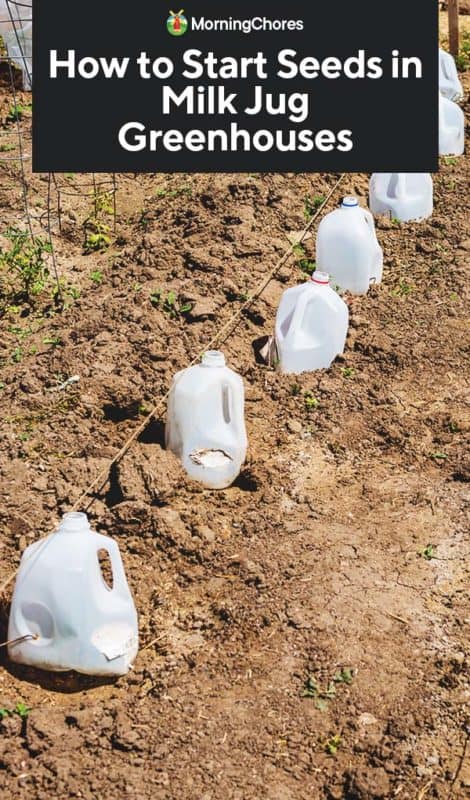
A Bit About Seed Starting
Before I jump into how to start seeds in milk jugs, let’s talk a bit about the essentials of seed starting. What do you need to sprout seeds and care for seedlings? Here’s a basic list:
- Light: while many seeds don’t require light to sprout, once they emerge from the soil they’ll need plenty of sunlight or artificial lighting to grow big and strong.
- Air: Plant root systems need light, fluffy soil and room to breathe oxygen. If your seed starting space is too crowded or the soil is compacted or ultra-wet, the airflow will be compromised and your plants won’t be very happy.
- Nutrients: Most seed starting soil mixes contain all the nutrients your baby plants need before they’re to be transplanted.
- Temperature: plants have different temperature ranges within which they sprout or thrive. Tomatoes and eggplants, for instance, like it hot, while greens like kale and cabbage may become stunted in sweltering conditions.
You can meet all of these requirements with a milk jug seed starting system.
Pros and Cons:
A DIY method like this one has a variety of advantages and disadvantages:
Pros
- Budget-friendly
- Environmentally-conscious
- No hardening-off required
- Plants produced this way are hardier
- Little monitoring required
Cons
- Requires some setup
- It also requires lots of patience!
How to Start Seeds in a Milk Jug
Milk jugs are the perfect housing for starting seeds outdoors because they act like little protective homes for your starts. These miniature greenhouses produce strong, healthy transplants that require no hardening off because they’re already outside and have withstood plenty of temperature changes throughout their initial growth cycle.
Tools required:
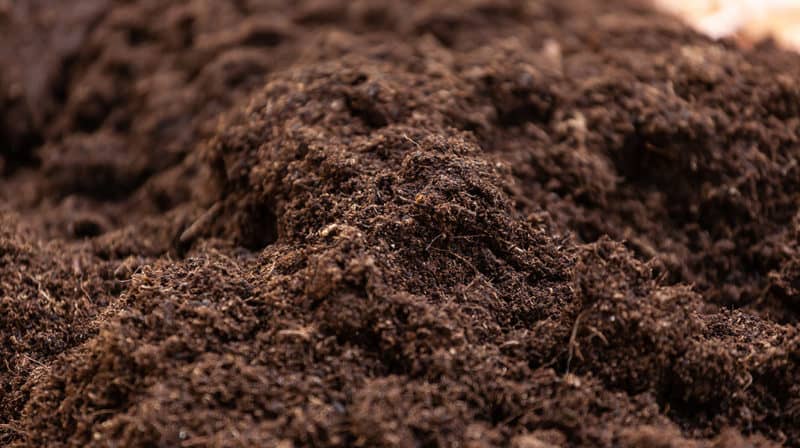
- Milk jugs (opaque or clear are both fine options)
- Quality seeds
- Sturdy scissors or a serrated knife
- Duct tape
- Labeling supplies of your choice (must be waterproof)
- A high-quality potting soil mix- not a seed starting mix
Steps:
Here’s a breakdown of how to start your seeds in milk jugs
- Cut the milk jug in half using a knife or scissors. Don’t cut through the handle. Keep it intact to act as a hinge. Toss the cap, you won’t need it.
- Add drainage holes to the bottom of the container.
- Pre-moisten the soil.
- Sow the seeds inside the jug. Read the seed packet info carefully and follow guidelines to ensure you sow to the proper depth.
- Move the top half of the milk jug back in place and tape up the container making sure there are no gaps anywhere along the cut line. If air gets in (cold air, in particular) this method won’t work.
- Label or find a way to identify each jug so you’re not confused later on.
- Place the completed mini-greenhouses in a sunny spot outside.
You may need to water from time to time, just keep an eye on your jugs and don’t let them dry out. Once the plants have at least 4 true leaves, you can remove them from the milk jugs.
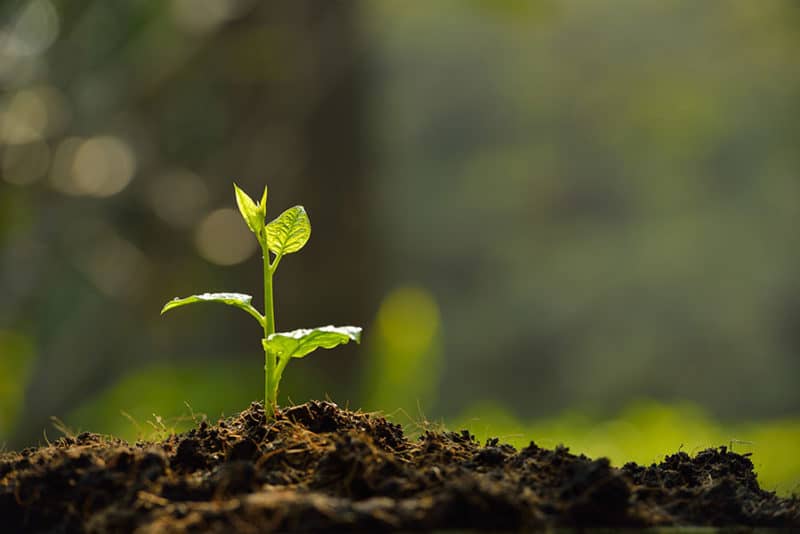
When to Sow Seeds in Milk Jugs
This method works in the early spring and winter. For spring sowing, sow plants when chances of freezing have passed. A freeze shouldn’t affect your greenhouses provided sprouts haven’t appeared. If freezing weather is expected in the spring, bring jugs indoors or add insulation around your little greenhouses to conserve warmth.
Winter sowing takes place in – you guessed it – the winter! Seeds sown in the winter are those that require cold stratification or seeds that won’t incur damage when frozen or exposed to a freeze and thaw. Perennials and flowers fall into this category. Winter sown seeds are sown during the coldest months of the year, typically January and February).
Examples of seeds for winter sowing: milkweed, calendula, kale, salvia
It’s also possible to sow vegetable seeds and slightly less hardy perennials in the late winter/early spring. Winter hardy vegetables like brassicas can be sown in late February and March.
Examples of seeds for sowing in late winter / early spring: thyme, marigolds, echinacea, spinach, beets
Wait until true springtime to sow warmth-loving plants like tomatoes and peppers outdoors in milk jugs.
Examples of springtime-sown seeds: tomatoes, peppers, cucurbits plants.
Problems and Solutions
Here are a few problems you may encounter when starting seeds in milk jugs along with their solutions:
I want to use milk jugs to start bean seeds but I know they don’t like to be transplanted. What do I do?
You’re right. Beans don’t do well when transplanted. The same goes for most cucurbit family plants. To avoid the need for transplanting, direct sow these seeds and use a milk jug to cover the planted seeds. In other words, remove the bottom of the jug instead of cutting the jug in half.
My seedlings are dead! What happened?
Unfortunately, there are quite a few possibilities. If your seedlings sprouted and were exposed to a freeze, that may have killed them. If planted too early, non-hardy seedlings won’t survive freezing weather even if protected by a milk jug.
Is it too hot inside your milk jug greenhouse? If the weather is unseasonably warm, it may heat up inside the jugs. Move them to a shaded area to prevent your plants from getting cooked. You can also add cut-outs or open the top of the jugs during the day if it starts to get too warm.
My milk jugs keep getting tossed around by the wind.
Even filled with soil, your milk jugs may get blown about or knocked over if exposed to high winds. Use rocks to weigh down your jugs or place them in an area where they’re sheltered from gusts.
I don’t have milk jugs. Milk is sold in bags where I’m from. What do I use?
Juice containers work just as well. Soda bottles are another viable alternative. A peek into your recycling bin will provide you with plenty of options for building these mini-greenhouses.
I’m so confused! What seeds should I sow in milk jugs when it’s cold out!?
It’s a bit overwhelming, especially if you’re a new gardener! When browsing seed listings or looking at seed packets, look for the following descriptors:
- Native
- Direct-sow in early spring
- Hardy
- Sow outside in winter
- Cold stratification required (also: chilling, refrigeration, freezing required)
- Self-sows
If you’re a vegetable gardener, choose cold-hardy varieties and stick with sowing winter-ready greens like spinach, chard, arugula, etc. You’ll be able to harvest these earlier than usual when planting in milk jugs. Check the zone requirements for your selected seeds, too.
I’ve done everything right, but my seedlings aren’t surviving or seeds aren’t sprouting.
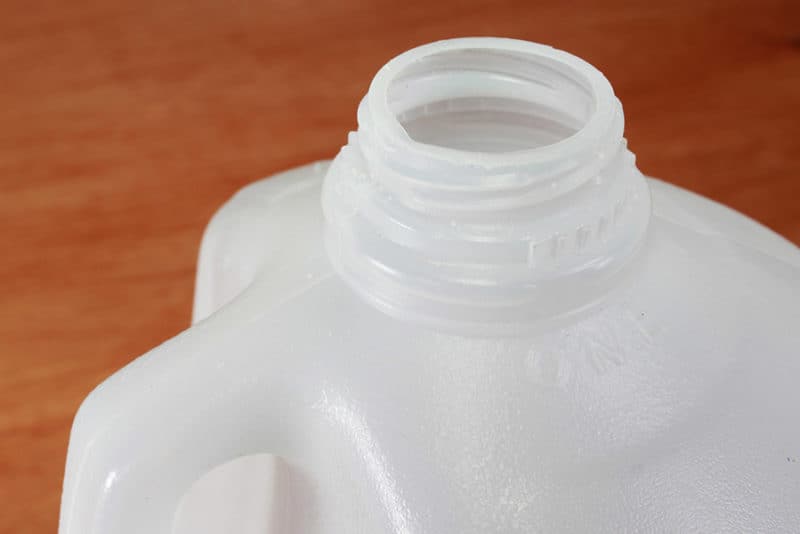
Did you tape the jug up completely? Any small cracks or unsealed portions let in cold air and ruin any potential greenhouse effect. Keep the lid off, though. The small hole at the top allows air inside but it’s just enough to regulate humidity levels.
My seedlings and soil are drying out. How often should I water?
Every once in a while should be enough, but check on your milk jugs frequently and verify that there’s condensation build-up. The small droplets should fall onto the soil and provide moisture. You’ll need to water if there’s no condensation or the top layer of soil looks dry. I recommend using a small spray bottle to do the job. Pouring water into the jug is likely to drown your seeds or seedlings.
The Bottom Line
Using milk jugs to start seeds is a pretty simple proposition once you know how to do it, and you may find it becoming your go-to growing method in the future.
I love it because it allows me to grow plants that will be nice and hardy without all the trouble and cost of growing starts indoors.
